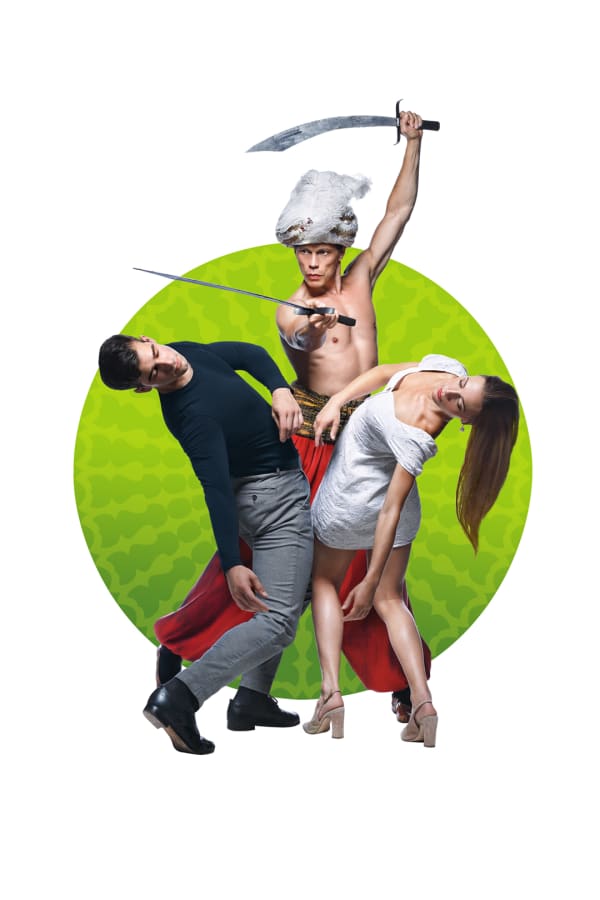Castles, Warriors, Frontiers
2024. November 30. (18:00)
Müpa
Buy ticketThe music of this dance drama, whose inspiration came from István Fekete’s novel, The Testament of the Aga of Koppány, was composed by Benjamin Eredics, a member of Söndörgő Band.
Zoltán Zsuráfszky, the choreographer and director of the production has created a framework for the dance drama that is able to represent another milieu besides the world of the novel. ‘There are two threads to the plot: we can see the behind-the-scenes life of a company, with dressing-room small talk and the like, while they are rehearsing The Testament of the Aga of Koppány. This way, István Fekete’s classic and the contemporary theatrical milieu are intertwined with today’s conflicts, from which we enter the story, and from which we exit it. We don’t want a classic, grand historical tableaux, although we do like to make such productions – we have several dance dramas on the same period – but this one will be a little bit different. I’ve long wanted a dance drama to offer a glimpse behind the scenes,’ said Zoltán Zsuráfszky of his plans. The period of the frontier war with the Ottoman Empire is also exciting as regards the history of dance and choreography. ‘You have the weapon dances to represent the struggle of the Turks and the Hungarians, and those are included in the play. The novel concerns itself with a number of essential human principles that continue to be relevant: respect for difference, for each other, even when the other is an opponent, is a key motif. I don’t want to update the work, but the salient characteristic of eternal human stories is that they can be set in any time, and continue to keep their validity.’ more...
Zoltán Zsuráfszky, the choreographer and director of the production has created a framework for the dance drama that is able to represent another milieu besides the world of the novel. ‘There are two threads to the plot: we can see the behind-the-scenes life of a company, with dressing-room small talk and the like, while they are rehearsing The Testament of the Aga of Koppány. This way, István Fekete’s classic and the contemporary theatrical milieu are intertwined with today’s conflicts, from which we enter the story, and from which we exit it. We don’t want a classic, grand historical tableaux, although we do like to make such productions – we have several dance dramas on the same period – but this one will be a little bit different. I’ve long wanted a dance drama to offer a glimpse behind the scenes,’ said Zoltán Zsuráfszky of his plans. The period of the frontier war with the Ottoman Empire is also exciting as regards the history of dance and choreography. ‘You have the weapon dances to represent the struggle of the Turks and the Hungarians, and those are included in the play. The novel concerns itself with a number of essential human principles that continue to be relevant: respect for difference, for each other, even when the other is an opponent, is a key motif. I don’t want to update the work, but the salient characteristic of eternal human stories is that they can be set in any time, and continue to keep their validity.’ more...

